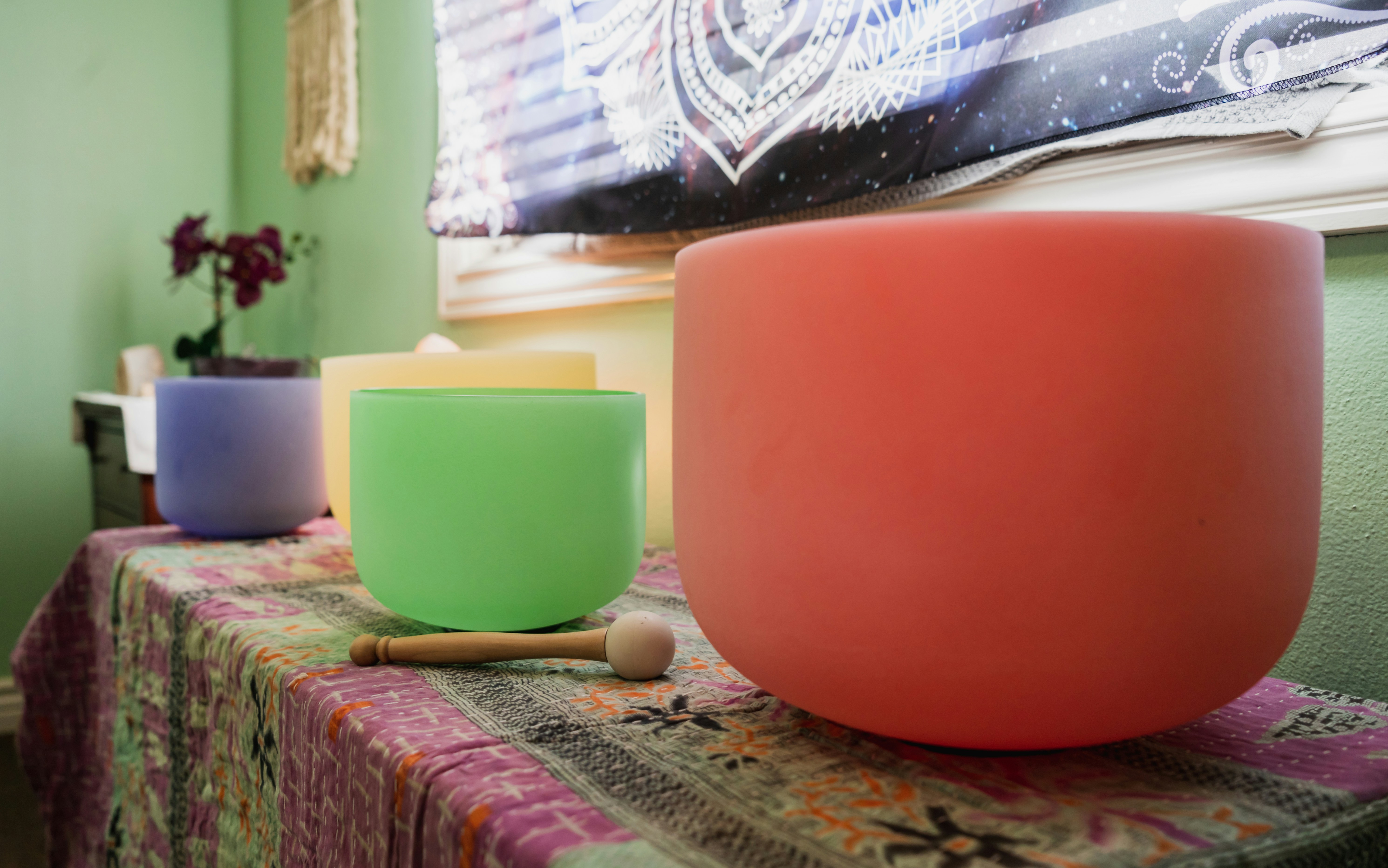Have you ever wondered why some people willingly immerse themselves in icy water, experiencing a cold plunge that sends shivers straight to the bone? It’s not just a test of bravery or a desire for bragging rights. There’s something fascinating happening beneath the surface—a release of your body’s own molecules might be at play. Here, the world of cold plunges and the science behind the release of endogenous opiates are explored in detail, offering intriguing insights into how something as simple as cold water might affect the chemistry of your mind and body.
Understanding Cold Plunges
What is a Cold Plunge?
A cold plunge involves immersing your body in very cold water, typically ranging from 50 to 59 degrees Fahrenheit (10-15 degrees Celsius). It’s a practice that has been used for centuries in various cultures, often for its invigorating effects. The sensation can be intense—almost shocking—but it’s this very intensity that many people seek.
The History of Cold Water Therapy
Cold water immersion isn’t a new fad; it dates back centuries. Traditional practices in Scandinavian countries use ice swimming as a way to boost vitality. The Japanese have Misogi, where people dunk themselves in icy rivers for purification. Even in fitness circles, athletes use ice baths to speed up recovery. The allure is all about the rejuvenating effects that have stood the test of time.
Why Do People Opt for Cold Plunges?
You might feel drawn to cold plunges for various reasons. Some people do it to boost their mood, others as part of a wellness routine, and some as a method to recover faster after strenuous exercise. Whatever the motivation, there’s a shared interest in harnessing the physical and psychological benefits that toggling between comfort and discomfort provides.
The Science of Endogenous Opiates
What Are Endogenous Opiates?
Endogenous opiates, also known as endorphins, are chemicals in your body that function similarly to opiate drugs such as morphine but are produced internally. They bind to opiate receptors in the brain, reducing pain and enhancing feelings of pleasure. These natural chemicals are your body’s way of managing pain and stress.
How Does the Body Release Endogenous Opiates?
Your body releases endogenous opiates in response to pain, stress, or certain types of physical activity, acting as a built-in analgesic. When you engage in activities like exercise or even exposure to cold, your brain signals the release of these opiates, which bind to the receptors, dampening pain reception and creating a sense of well-being.
The Connection Between Cold Plunges and Endogenous Opiates
How Cold Plunges Trigger Endorphin Release
Submerging yourself in cold water presents a form of stress on the body. This stress response activates your sympathetic nervous system, which among other reactions, leads to the release of endorphins. The abrupt temperature shift commands your body to manage the sudden discomfort, activating your body’s opiate pathways to help you cope.
The Physiological Response to Cold Water
When you enter cold water, several physiological responses occur. Your heart rate increases, and blood vessels constrict to preserve core body heat, while your breathing rate increases. All these changes are part of your body’s defense mechanism to cold, orchestrated by the release of various hormones including endogenous opiates.
Cold Plunges as a Form of Hormesis
Hormesis refers to beneficial effects resulting from exposure to mild stressors. Cold plunges are a prime example of hormesis. By subjecting yourself to the brief stress of cold immersion, you stimulate adaptive responses in the body, including the release of endorphins, which may lead to increased resilience over time.
The Psychological and Physical Benefits
Mood Enhancement and Stress Reduction
Everyone feels down sometimes, but a cold plunge could be your natural pick-me-up. The release of endorphins can result in an elevated mood, often described as a “runner’s high.” Regular cold plunges may even help in managing cases of mild depression and anxiety by promoting a more balanced mood.
Pain Relief and Muscle Recovery
For athletes or anyone experiencing muscle soreness, cold plunges might offer relief. The release of endorphins acts as a natural painkiller, while cold temperatures reduce inflammation and swelling, speeding up recovery after strenuous activities. This is why many athletes make ice baths part of their routine.
Boosting Immune Function
There’s also evidence suggesting that cold exposure may enhance your immune function. Regular cold plunges can stimulate the production of white blood cells and increase metabolic rates, helping your body fend off illnesses. These effects may be partly mediated by the release of endogenous opiates which support overall body function.
Practical Guide to Cold Plunging
Preparing for Your First Cold Plunge
Before you start, consider your health condition. If you have cardiovascular issues, it’s crucial to consult with a healthcare professional. Begin with short immersions, and progressively increase your time in the cold water as you become more comfortable. Breathing exercises can help you stay calm and focused during the experience.
Safety Tips and Precautions
It’s essential to be cautious while cold plunging. Limit your time initially to avoid hypothermia, and always have a warm environment or clothing to retreat to after the plunge. Listen to your body—if you feel dizzy or uncomfortable, discontinue and warm yourself up.
The Perfect Routine for Integration
Consider integrating cold plunges into your weekly routine. You might start with twice a week, gauging the effects on your body and mind. Pair it with warm-up activities like a sauna, or follow it with a warm beverage to ease the chill, allowing your body to reap the benefits without undue strain.
The Neuroscience Perspective
Brain and Opiate Receptor Engagement
Your brain’s complex network controls the release of endogenous opiates, with several areas, such as the hypothalamus and pituitary gland, being implicated. Cold exposure can increase the activity of neuroreceptors, enhancing your body’s capacity to manage stress and pain.
Research Insights into Cold-Induced Endorphins
Studies have shown increased beta-endorphin levels following exposure to cold. This boost not only elevates your mood but also provides an analgesic effect. Continued research is exploring the full extent of how cold-induced endorphin release can be leveraged for therapeutic benefits.
Unanswered Questions in Science
Despite the substantial evidence, there are still many questions about individual variability in response to cold and the precise mechanisms involved in endorphin release. It’s an exciting field that continues to expand as researchers seek to fully understand how cold immersion can modulate human biology.

Potential Drawbacks and Considerations
Understanding the Risks of Cold Plunging
While the benefits are appealing, it’s important to be aware of the potential risks of cold plunging, such as shock, hypothermia, or adverse heart reactions, especially if done improperly. Being cognizant of your personal limits and health status is vital for safe practice.
Identifying Personal Thresholds
Each person’s tolerance to cold varies. Recognize your threshold and adjust accordingly. Some individuals might have a higher natural resistance, while others may need more progressive acclimatization. Respect your body’s signals to ensure that cold plunging remains an enjoyable and beneficial experience.
When Cold Plunging Might Not Be Advisable
For those with specific medical conditions, particularly related to the heart or respiratory system, cold plunging may not be advisable. Consulting with a healthcare provider can help determine if this practice fits within your wellness plan.
Practical Applications and Future Directions
Exploring Therapeutic Implications
As interest in natural therapies grows, cold plunging and its effects on endogenous opiate release hold promise for mental health and pain management treatments. Its accessibility and cost-effectiveness make it an appealing option for expanding health care innovations.
Potential for Enhancing Athletic Performance
Athletes continually look for competitive edges, and cold plunging could play a role in recovery and performance enhancement strategies. Continued research may further elucidate how these practices can be optimized for maximum benefit.
The Prospects of Further Research
The relatively under-researched area of cold exposure and endogenous opiates presents opportunities for new studies. Future research could help develop guidelines, refine techniques, and identify new applications across a broader spectrum of health and wellness arenas.

Conclusion
Cold plunging offers a fascinating interplay between environmental stress, physiological response, and the natural chemistry of your body. The release of endogenous opiates as a result of cold exposure sheds light on how simple practices can profoundly impact well-being. While it presents a series of benefits, it’s crucial to approach it thoughtfully and mindfully, considering your unique physiology and health conditions. As more is learned, cold plunging’s role in therapeutic and lifestyle practices will likely deepen, inviting you to make informed choices about incorporating it into your life.




